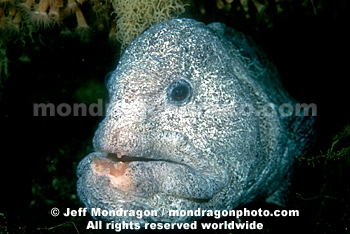

After recovering the bodies of slain wolves, the pelts were removed and sold. Numerous wolves were also neutered in the years between 19. This was accomplished by aerial wolf hunting and through the use of snares and traps. Aishihik Recovery Program (1992–1997)Ī five-year control program created as a part of the Yukon Wolf Plan ended in 1997 that detailed the extermination of around 80% of the Yukon wolf population within southwest Yukon, specifically around the Aishihik area. While the government has wished to continue efforts at wolf control in the area, an agreement could not be made with the First Nation peoples of Ross River, so the effort was eventually abandoned. However, since the end of the program, the number of caribou has once again begun to steadily decline, though the health of the herd has remained stable regardless. The result was that the number of caribou more than doubled and the number of wolves returned to their previous count before the control period. In order to test if a concurrent effort would have a greater effect, hunting any caribou in the herd was also limited and controlled by a strict permit system. In response, the government, from the beginning of the program to 1989, reduced the number of wolf packs in the area from 25 to 7, which involved reducing the number of individual members from 215 to 29. The first control program was started because of observations and complaints by the people of Ross River that the Filayson herd of caribou has been declining in size. The plan was eventually, however, opposed by environmental groups who did not wish for wolf control in any form. The planning group also set forth methods of increasing public awareness of the importance of wolves and making more strict wolf hunting laws. The aftereffects of the plan in the 2000s involved continued study and the creation of "rigid guidelines for ensuring long-term wolf conservation" and limited the amount of wolf control enacted by decreasing the scope and length of any future studies. The studies would also be conducted in only 7 of the 23 ecoregions in Yukon. Ontrol and understanding of the results of any study. © 2023 Coastal Angler Magazine Franchising, Inc.Population Finlayson Recovery Program (1983–1992) We might just share it with the rest of the country.ġ275 South Patrick Dr. If you witness something weird or cool in the woods or on the water and have photos to prove it, send pictures and your story to. I was fortunate to catch two of them over the years.” Most people go a lifetime without ever seeing one much less catching one. “I figured it would have to be good since its diet consists of mainly shellfish such as shrimp and crabs. “I kept the fish and cleaned it,” he said.

They can grow to about 40 pounds and serve up very well on the table, as Cox attested. They generally find a crevice to live in and feed on shellfish. They are eel-like fish that inhabit the northern pacific and live on rocky bottoms in moderate depths.

The fish was a wolf eel, but Cox now refers to it as “Baby Godzilla.” Wolf eels are not actually eels. When my friend netted the fish, he handed me the net and said, ‘that’s what nightmares are made of.’ My wife headed to the bow.” So, my friend grabbed the dip net when I got the fish next to the boat. “It took me a few minutes to get the fish up, and I could tell it wasn’t big enough to harpoon or gaff.

“I was fishing with a 3-ounce bucktail jig in about 50 feet of water when I stuck what I thought was a halibut,” he said. While halibut fishing a few years ago with his wife and a buddy in Prince William Sound, near southern Alaska’s Valdez, Cox hooked into this monster. Before moving down to the Gulf of Mexico, Shawn Cox, of Pearl River, La., spent 17 years living in Alaska and enjoying the excellent hunting and fishing.


 0 kommentar(er)
0 kommentar(er)
